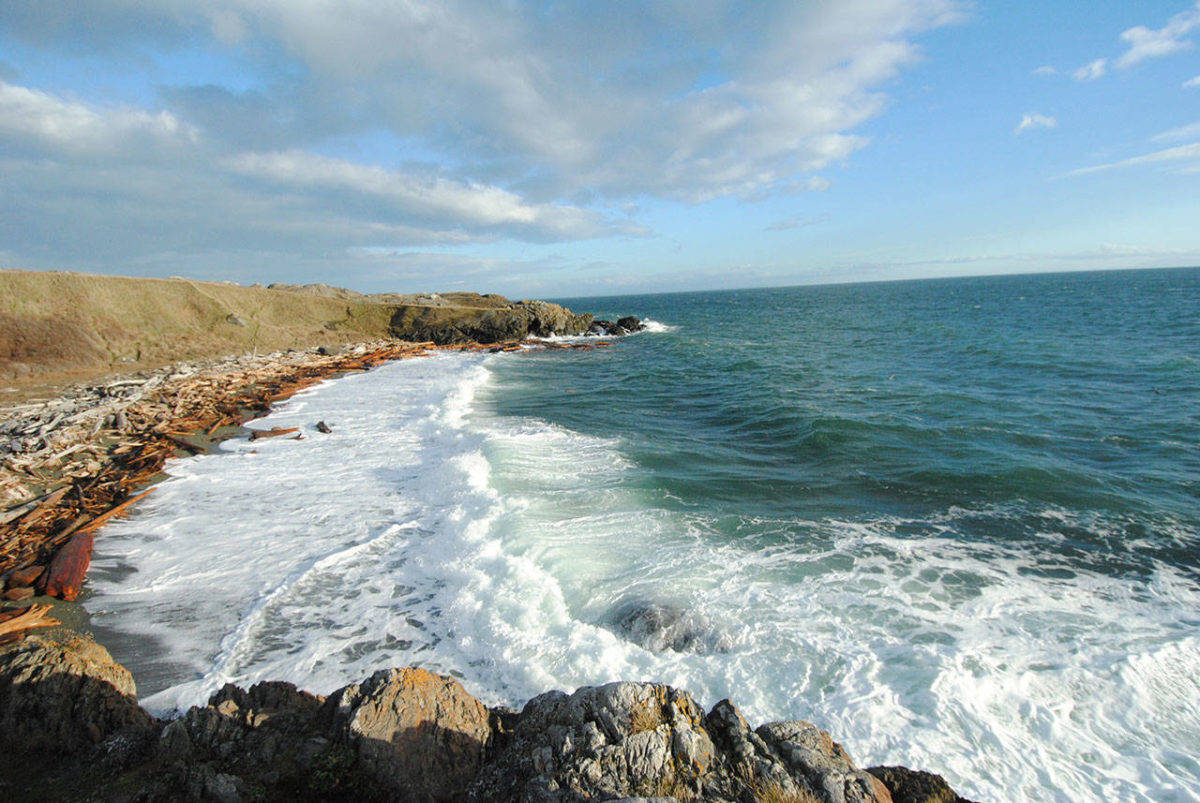With an $84,000 grant secured from the Washington Department of Ecology, the San Juan County Department of Community Planning can now progress with its Shoreline Master Program review. Planning Manager Linda Kuller updated the county council on the review’s status during its Dec. 3 meeting.
“This is a mandatory update, we have reviewed this with you briefly before. … We’re required by state law to have a period review. It has a minimum scope of review,” Kuller said. “Basically, we’re trying to make sure our Shoreline Master Program complies with any amendments that have been made to state law, rules or ecology guidelines that were adopted between 2007 and 2019. … And we also need to make sure it’s consistent with our [Comprehensive Plan] development regulations and other local requirements.”
The Washington Department of Ecology requires regular review of the state’s counties’ Shoreline Master Programs every eight years. The deadline for San Juan County’s review is June 30, 2020.
“Most of the changes we need to make for compliance with new rules are related to a kind of housekeeping type stuff — not very complex,” Kuller said.
The county council allowed the county department of community planning to apply for the grant from the Department of Ecology to help fund the review in September. A perk of the grant is that if the review is completed early, the excess funds can be used for shoreline master program tasks pursuant to RCW 19.50.020.
During a preliminary review in September, Kuller said that Ecology thought the SMP document looked good, however, the department requested the county codify a policy regarding residential structures.
Code updates include clarifying that even if a property is exempt from having a shoreline development permit, it still has to meet other SMP regulations.
“After our adoption of the new shoreline master program, we had an implementation issue,” Kuller said.
Excluded from shoreline substantial development permit requirements in the Shoreline Master Program are “normal residential appurtenances,” which includes garages, sheds, decks, etc.
“People always want to do things that are not defined in our definitions, such as dog houses, raised beds, ‘when can I have a firepit in the shoreline jurisdiction,’ garden art, sculptures,” Kuller said. “These just basic life amenities that people expect to have in the shoreline or anywhere else are not really addressed.”
So the county needs to update the code to reflect whether or not these alternate accessories require a permit.
Kuller said she is hoping the review is concluded by early summer 2020 so that the remaining grant funds can be used to hire a consultant for the cumulative shoreline monitoring program. The monitoring program is a review of all actions in the shoreline jurisdiction meant to evaluate the cumulative effects of the development on shoreline conditions.
“We hope to use the remainder of our money on this,” Kuller said, adding that it is listed as a task in the grant agreement.
County councilmember Rick Hughes requested that the development department consider allowing U.S. Postal Service offices within the shoreline jurisdiction, noting that on Orcas and Waldron the majority of the postal facilities lie within that zone.
“Currently, the Olga community has authority from the federal government to move the post office to a new location that we say can’t be used because it’s a use that our shoreline designation does not allow, the federal government can trump this anyway,” Hughes said. “So I think we should be consistent and allow what has historically been the use of the dock to get mail and information to the citizens of our community.”
Another thing Hughes requested the department look into is historical barge landing designations. He said that on non-ferry-served islands, not allowing this “usual and accustomed use” would limit island residents’ access to propane, food, building supplies and other necessary items.
Hughes also suggested that county trails be exempt from requiring a substantial development permit because the goal is to provide multimodal shoreline access and the permitting process is detrimental and cost-prohibitive. He noted that of the $100,000 budget for the trail in Deer Harbor, $32,000 went to permits and it took almost a year to get this taken care of.
“I’m not sure if we can do a public trail as an exemption,” Kuller said. “I’ll have to look into the state law, do some research and get back to you on all of these and see what it would take.”
The public can follow the process of the Shoreline Master Program review at www.sanjuanco.com/1643/Shoreline-Master-Program-Periodic-Update.
“You can find everything there, staff reports, resources, notices. Our public participation plan, which outlines our detailed project deadlines and tentative schedule,” Kuller said.
The public can also subscribe for project newsflashes and can provide email comments to SMPComments@sanuanco.com; full names and addresses must be included for the comment to be recorded.



